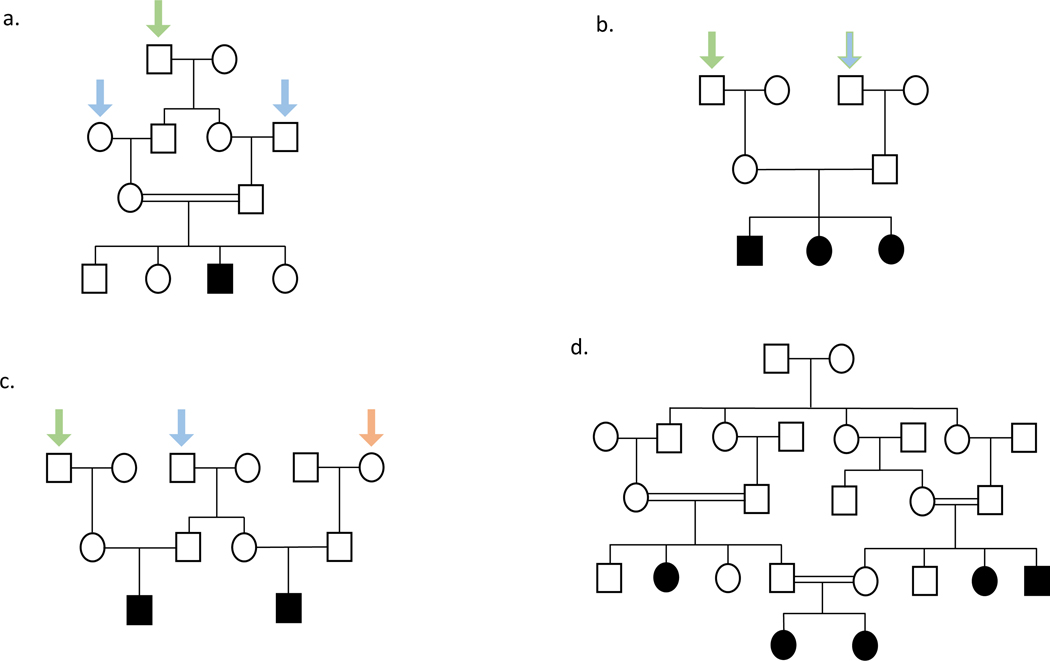Figure 1. ARNSHI in consanguineous and outbred pedigrees.
Solid symbols represent affected individuals, clear symbols represent unaffected individuals. Squares are males and circles are females. Two parallel lines between parents indicates consanguinity. (a). Pedigree of a consanguineous family showing entrance of a causal allele once from a shared great-grandparent (indicated by a green arrow). A variant could enter through either the shared great-grandparent, but one great-grandparent was selected for the purpose of illustration, which is more likely than the variant entering twice from the maternal and paternal lineages of the carrier parents (indicated by blue arrows). (b) An outbred pedigree with a single affected child where the causal variant enters the pedigree twice through both a maternal and paternal grandparent (green arrows). The variant entering through one random grandparent is shown as an example, however entrance of the variant could be from either grandparent. (c). An outbred pedigree with two branches with affected children showing that ARNSHI variants must enter three times (blue, green, and orange arrows). The variants could have also entered through the spouses of the individuals shown with arrows. (d). Pedigree showing several consanguineous matings within a pedigree which can lead to multiple branches with affected children.

